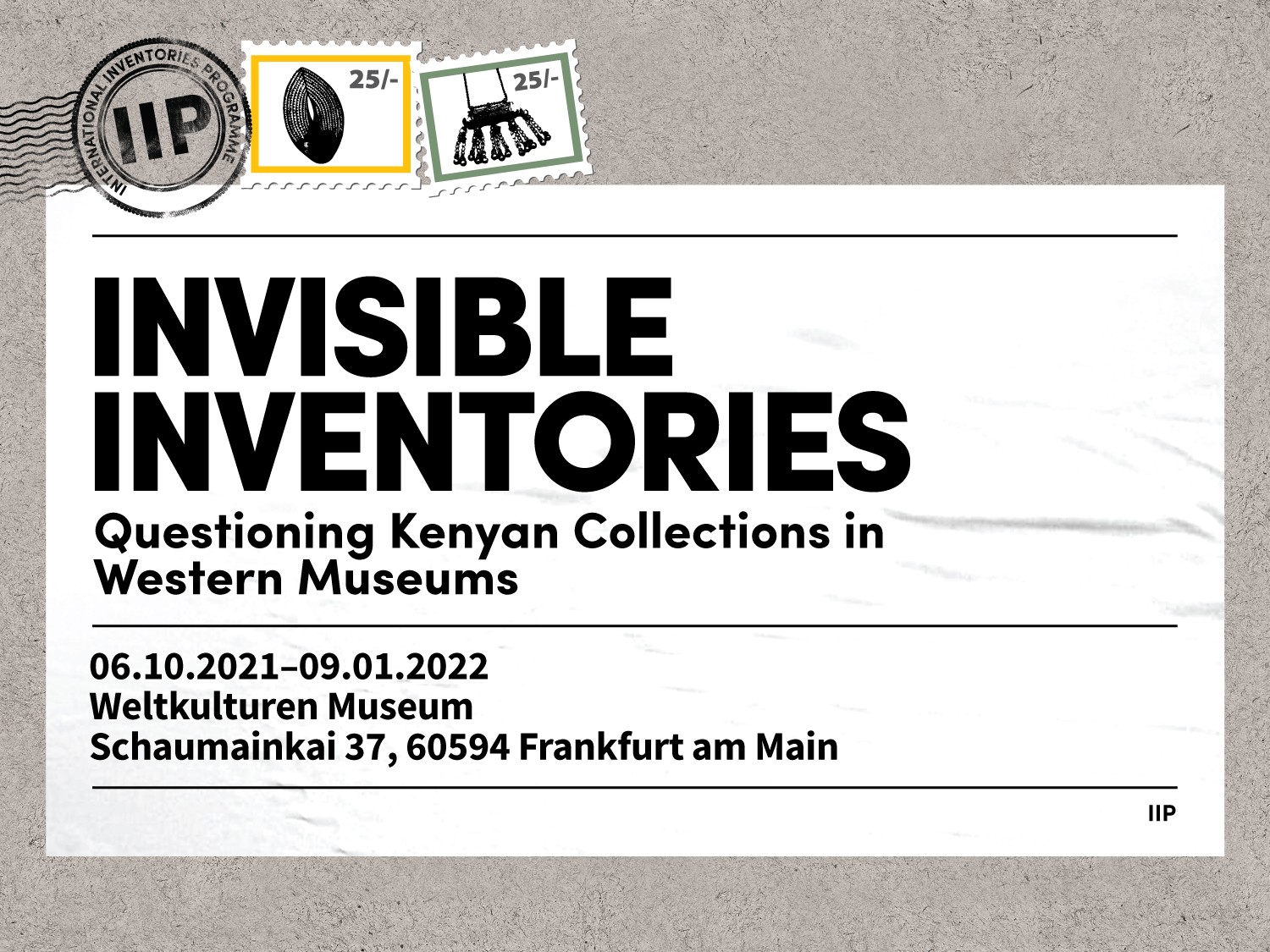
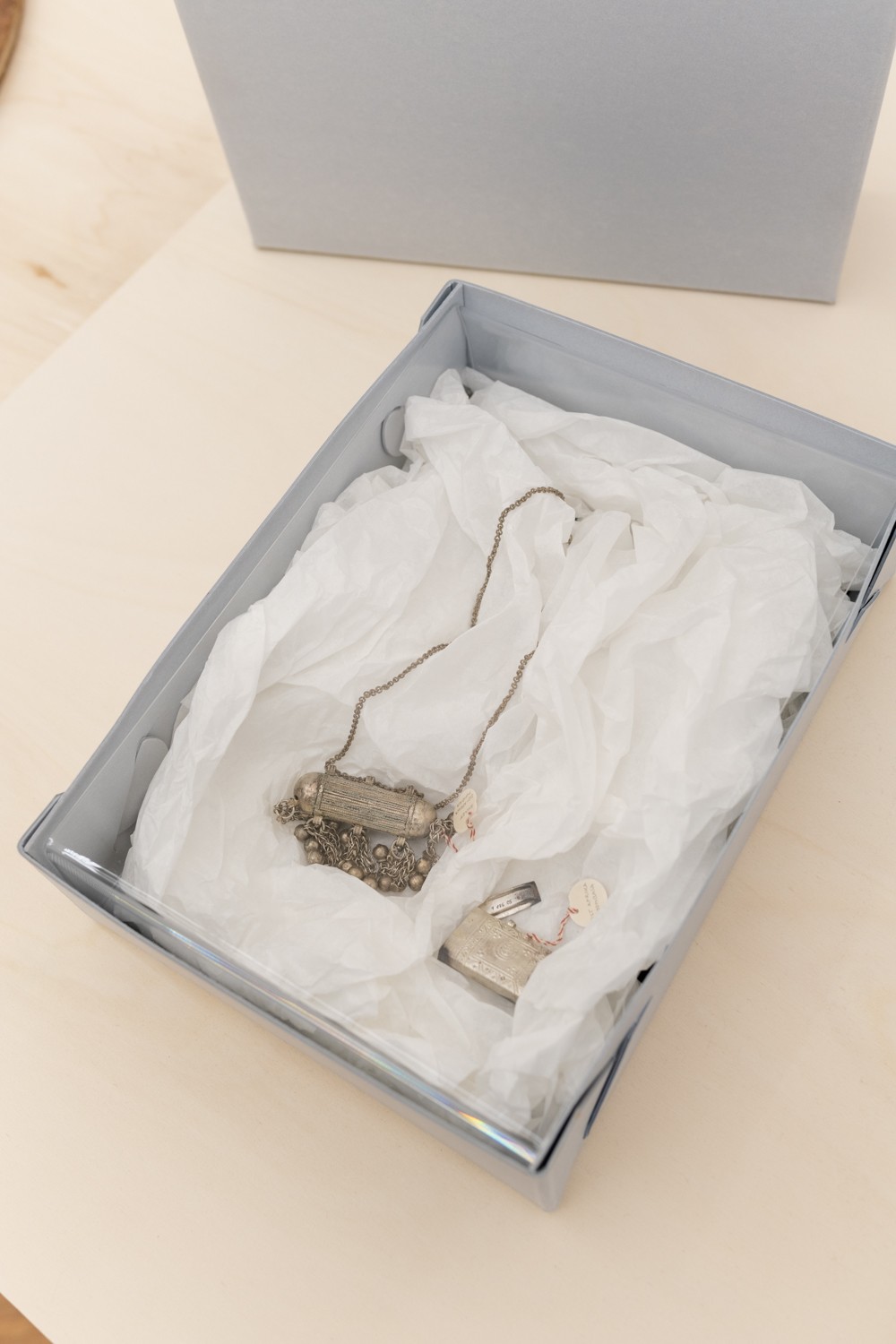 Exhibition view “Invisible Inventories: Questioning Kenyan Collections in Western Museums”; Weltkulturen Labor; Photo: Peter Wolff 2021
Exhibition view “Invisible Inventories: Questioning Kenyan Collections in Western Museums”; Weltkulturen Labor; Photo: Peter Wolff 2021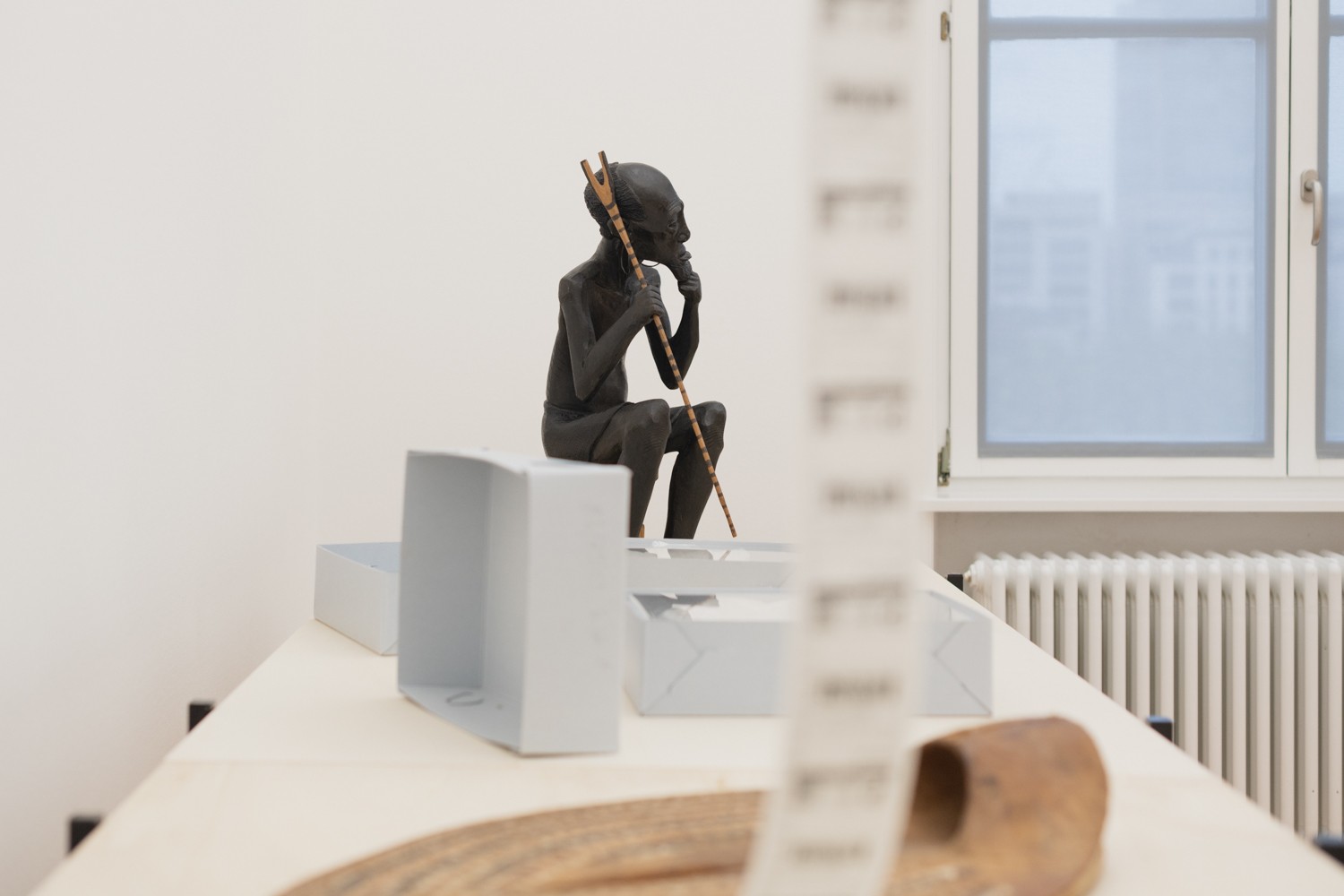 Exhibition view “Invisible Inventories: Questioning Kenyan Collections in Western Museums”; Weltkulturen Labor; Photo: Peter Wolff 2021
Exhibition view “Invisible Inventories: Questioning Kenyan Collections in Western Museums”; Weltkulturen Labor; Photo: Peter Wolff 2021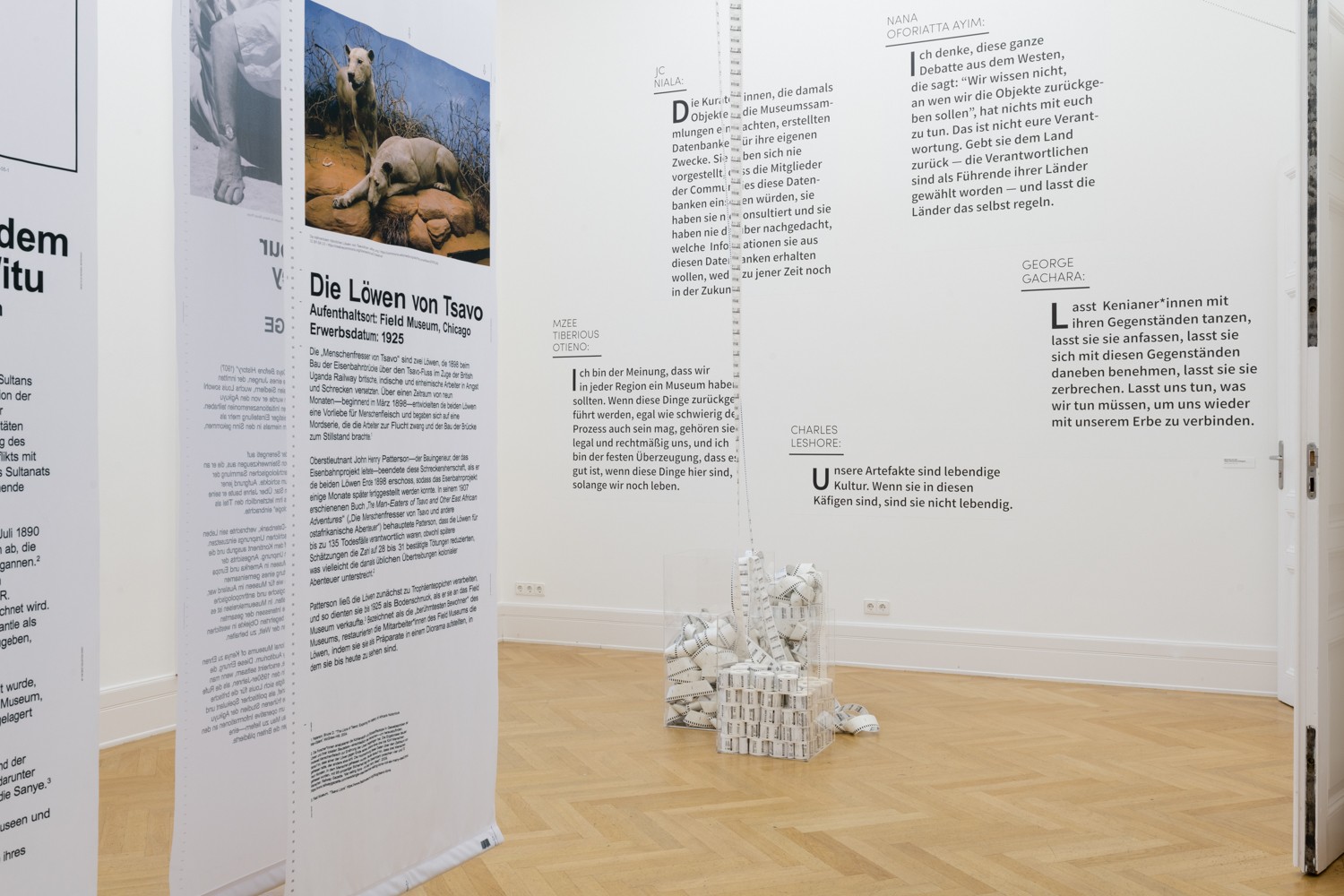 Exhibition view “Invisible Inventories: Questioning Kenyan Collections in Western Museums”; Weltkulturen Labor; Photo: Peter Wolff 2021
Exhibition view “Invisible Inventories: Questioning Kenyan Collections in Western Museums”; Weltkulturen Labor; Photo: Peter Wolff 2021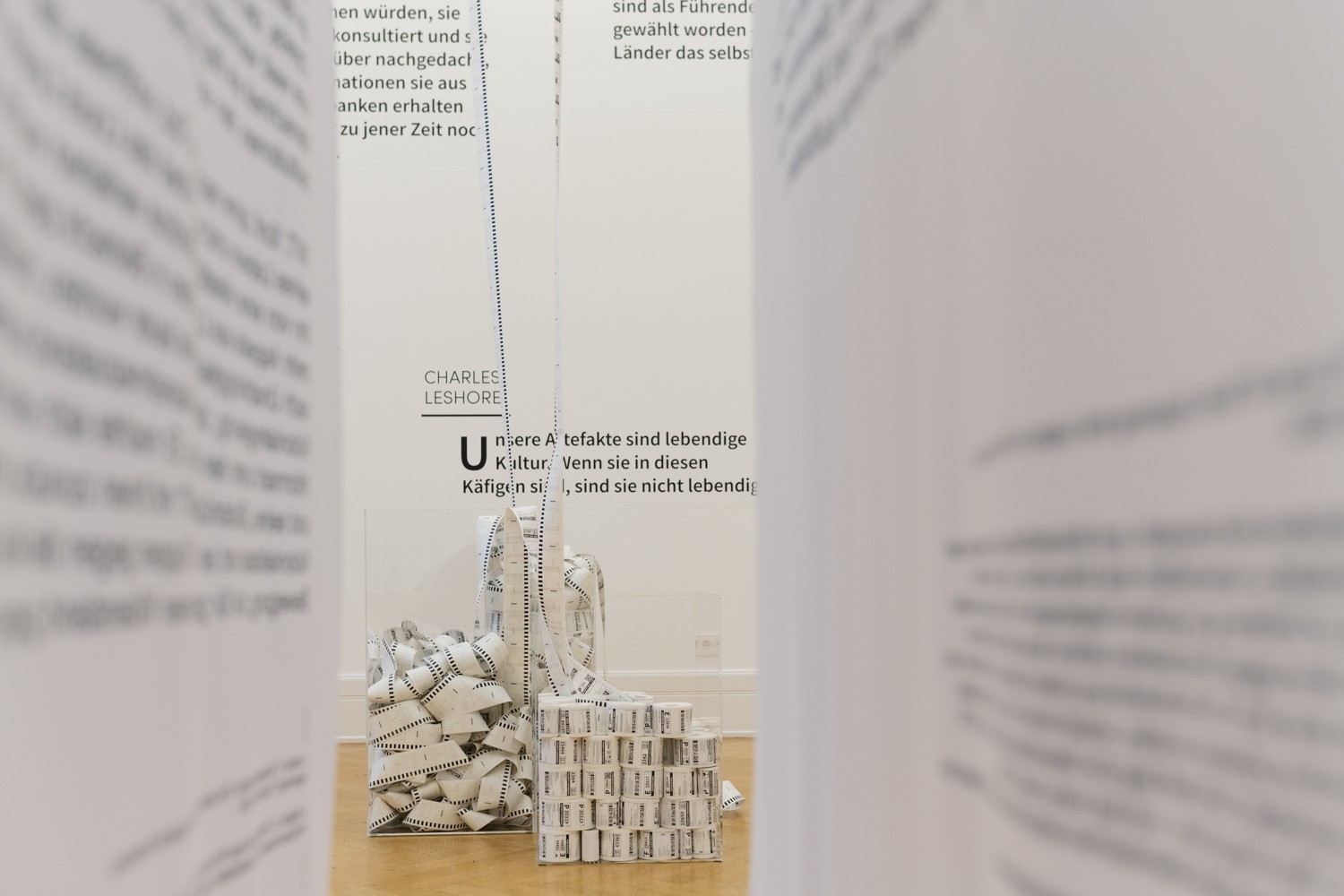 Exhibition view “Invisible Inventories: Questioning Kenyan Collections in Western Museums”; Weltkulturen Labor; Photo: Peter Wolff 2021
Exhibition view “Invisible Inventories: Questioning Kenyan Collections in Western Museums”; Weltkulturen Labor; Photo: Peter Wolff 2021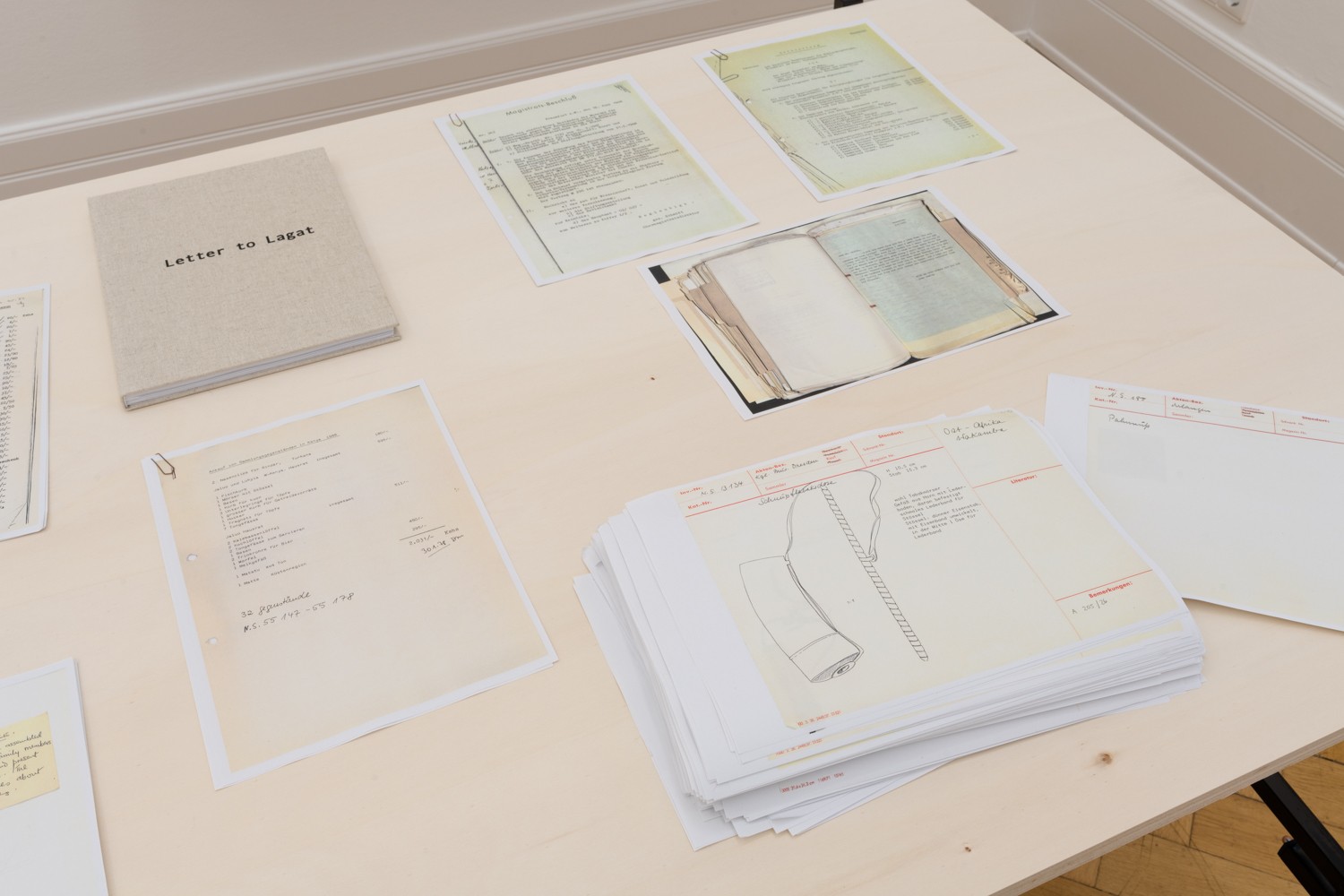 Exhibition view “Invisible Inventories: Questioning Kenyan Collections in Western Museums”; Weltkulturen Labor; Photo: Peter Wolff 2021
Exhibition view “Invisible Inventories: Questioning Kenyan Collections in Western Museums”; Weltkulturen Labor; Photo: Peter Wolff 2021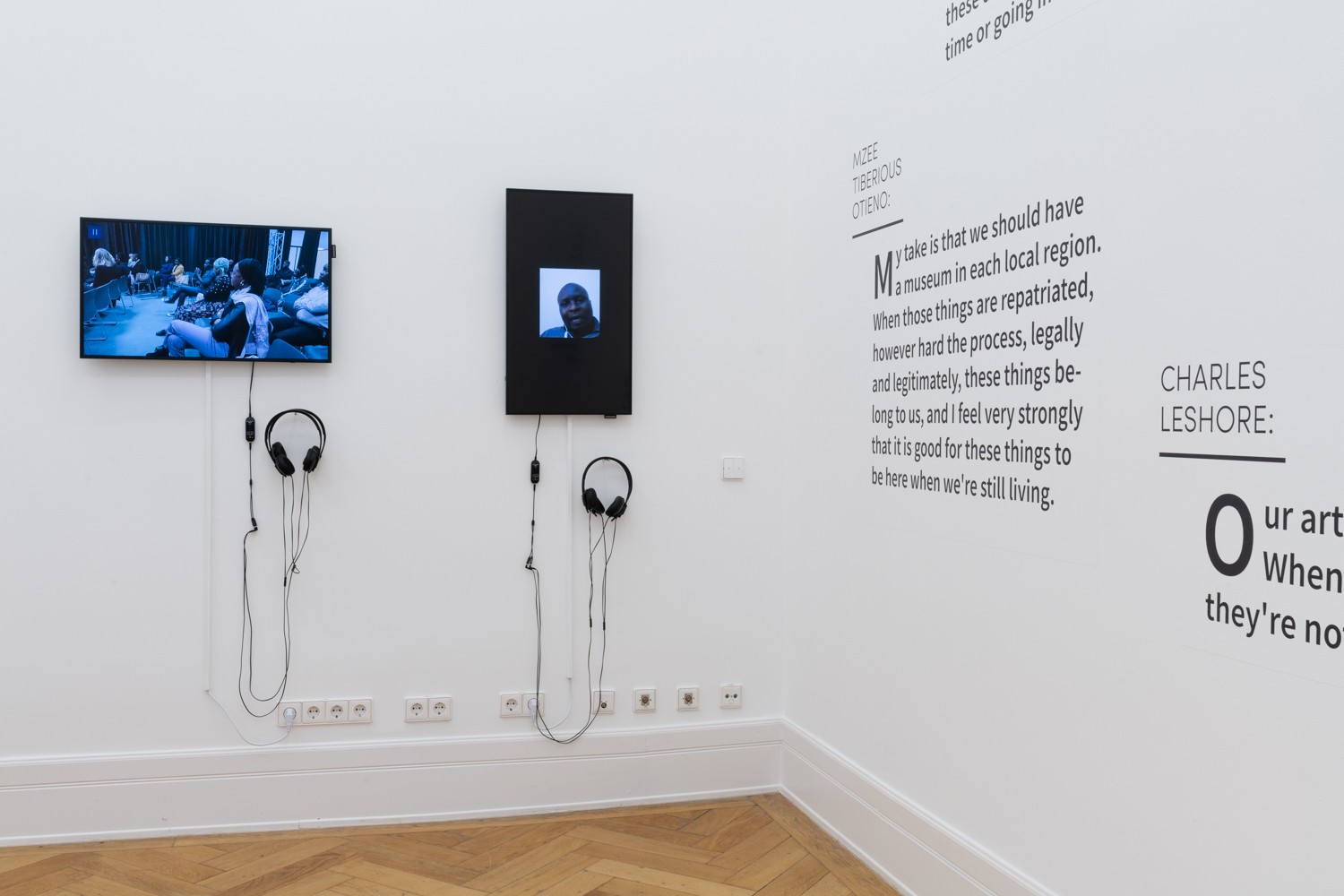 Exhibition view “Invisible Inventories: Questioning Kenyan Collections in Western Museums”; Weltkulturen Labor; Photo: Peter Wolff 2021
Exhibition view “Invisible Inventories: Questioning Kenyan Collections in Western Museums”; Weltkulturen Labor; Photo: Peter Wolff 2021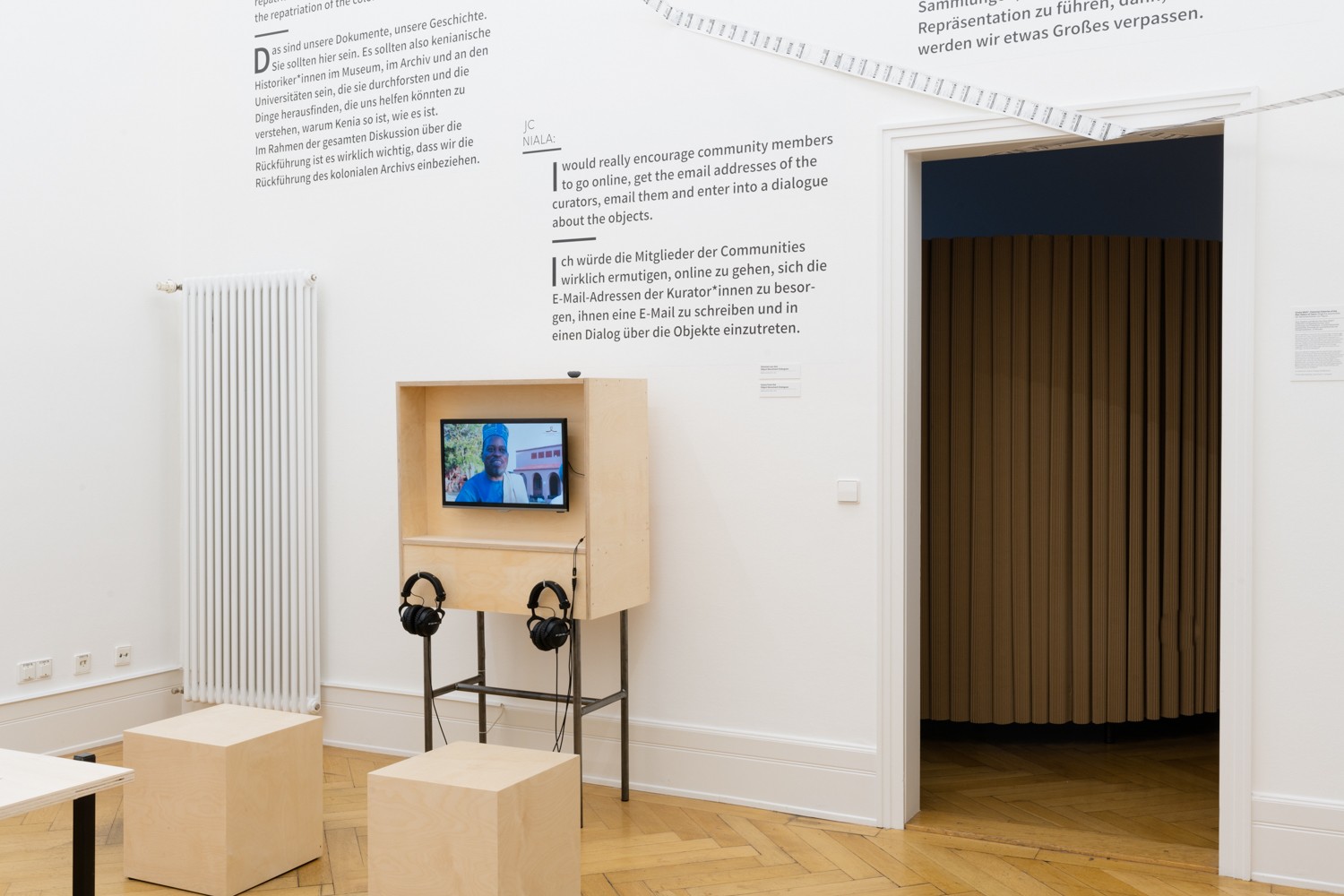 Exhibition view “Invisible Inventories: Questioning Kenyan Collections in Western Museums”; Weltkulturen Labor; Photo: Peter Wolff 2021
Exhibition view “Invisible Inventories: Questioning Kenyan Collections in Western Museums”; Weltkulturen Labor; Photo: Peter Wolff 2021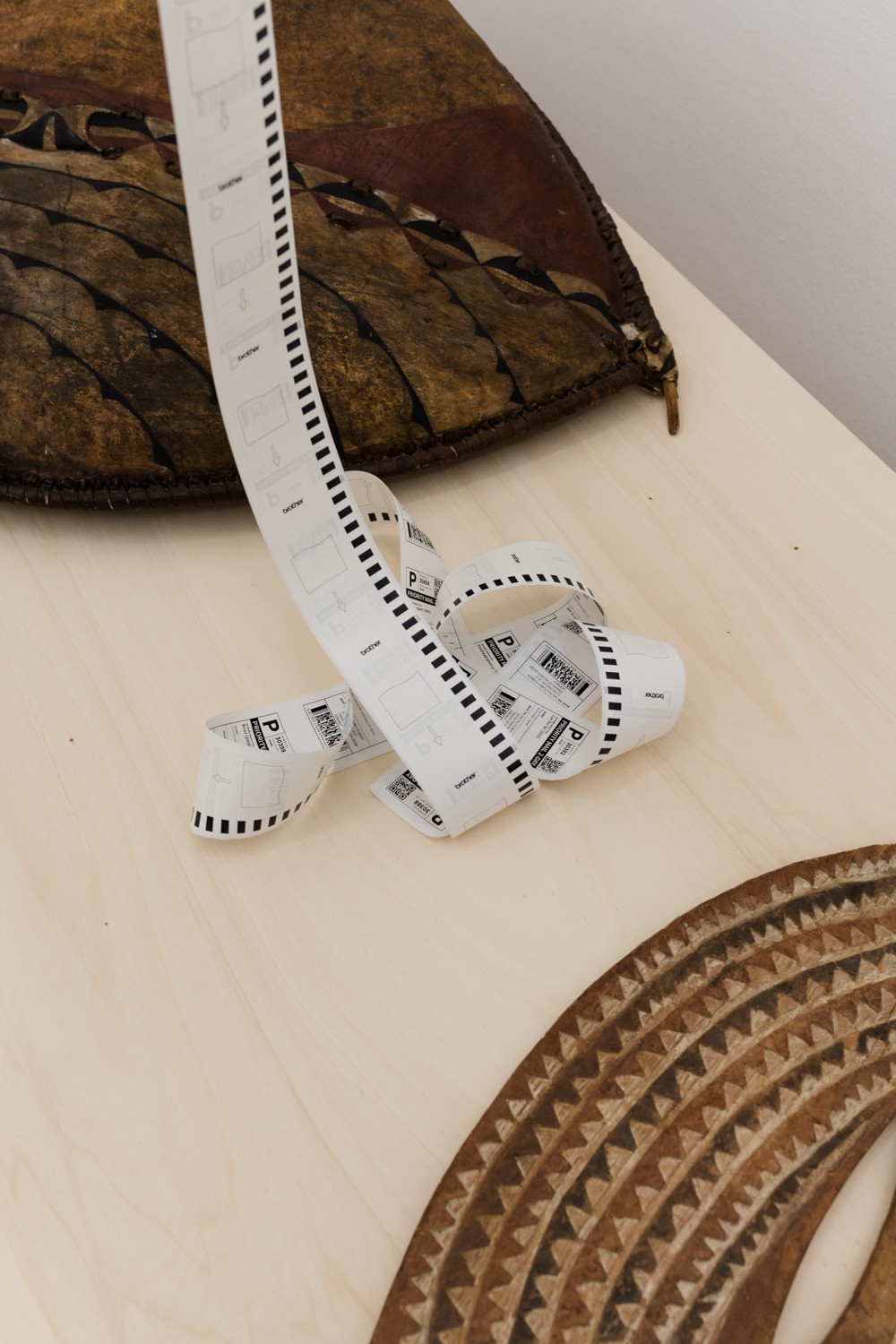 Exhibition view “Invisible Inventories: Questioning Kenyan Collections in Western Museums”; Weltkulturen Labor; Photo: Peter Wolff 2021
Exhibition view “Invisible Inventories: Questioning Kenyan Collections in Western Museums”; Weltkulturen Labor; Photo: Peter Wolff 2021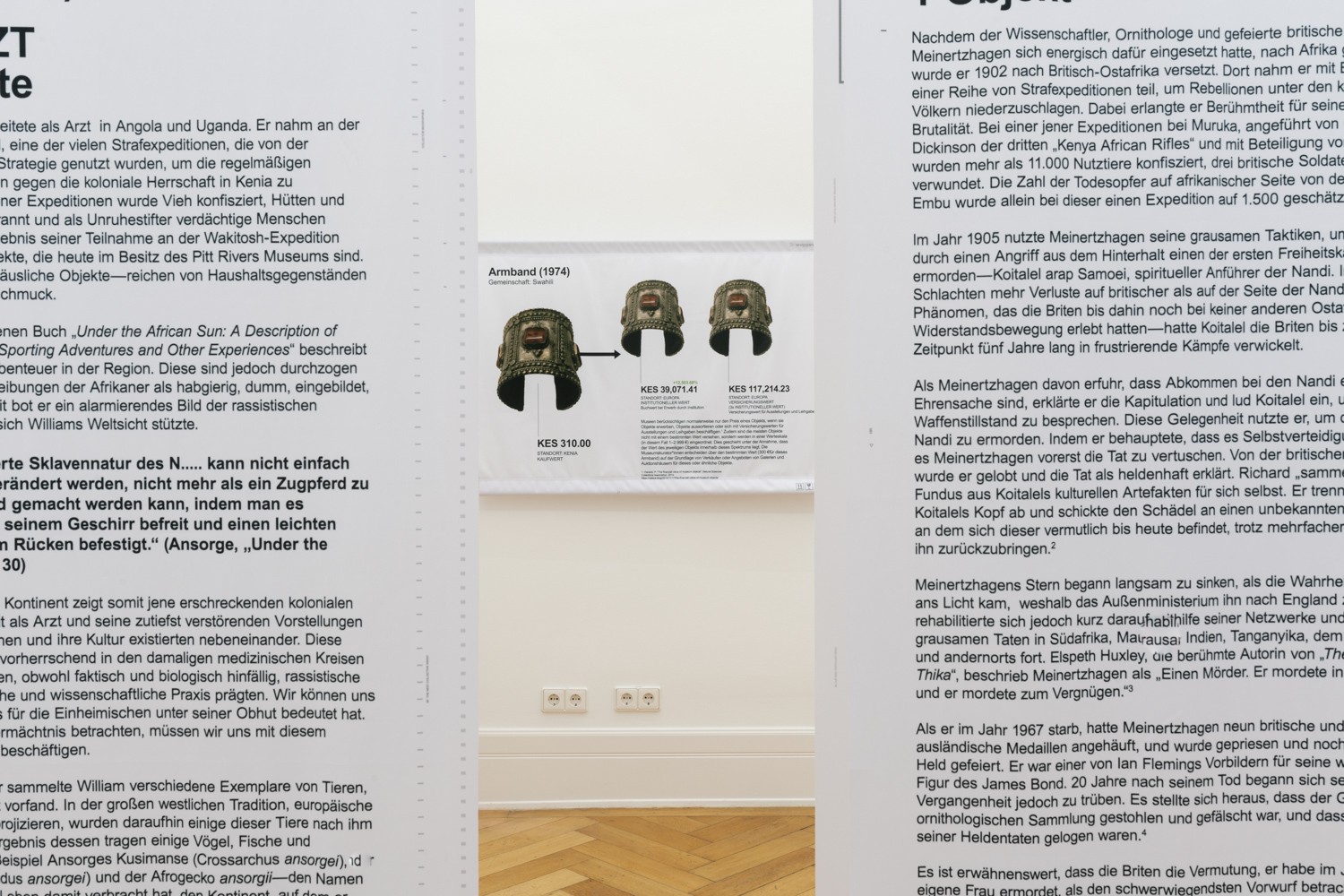 Exhibition view “Invisible Inventories: Questioning Kenyan Collections in Western Museums”; Weltkulturen Labor; Photo: Peter Wolff 2021
Exhibition view “Invisible Inventories: Questioning Kenyan Collections in Western Museums”; Weltkulturen Labor; Photo: Peter Wolff 2021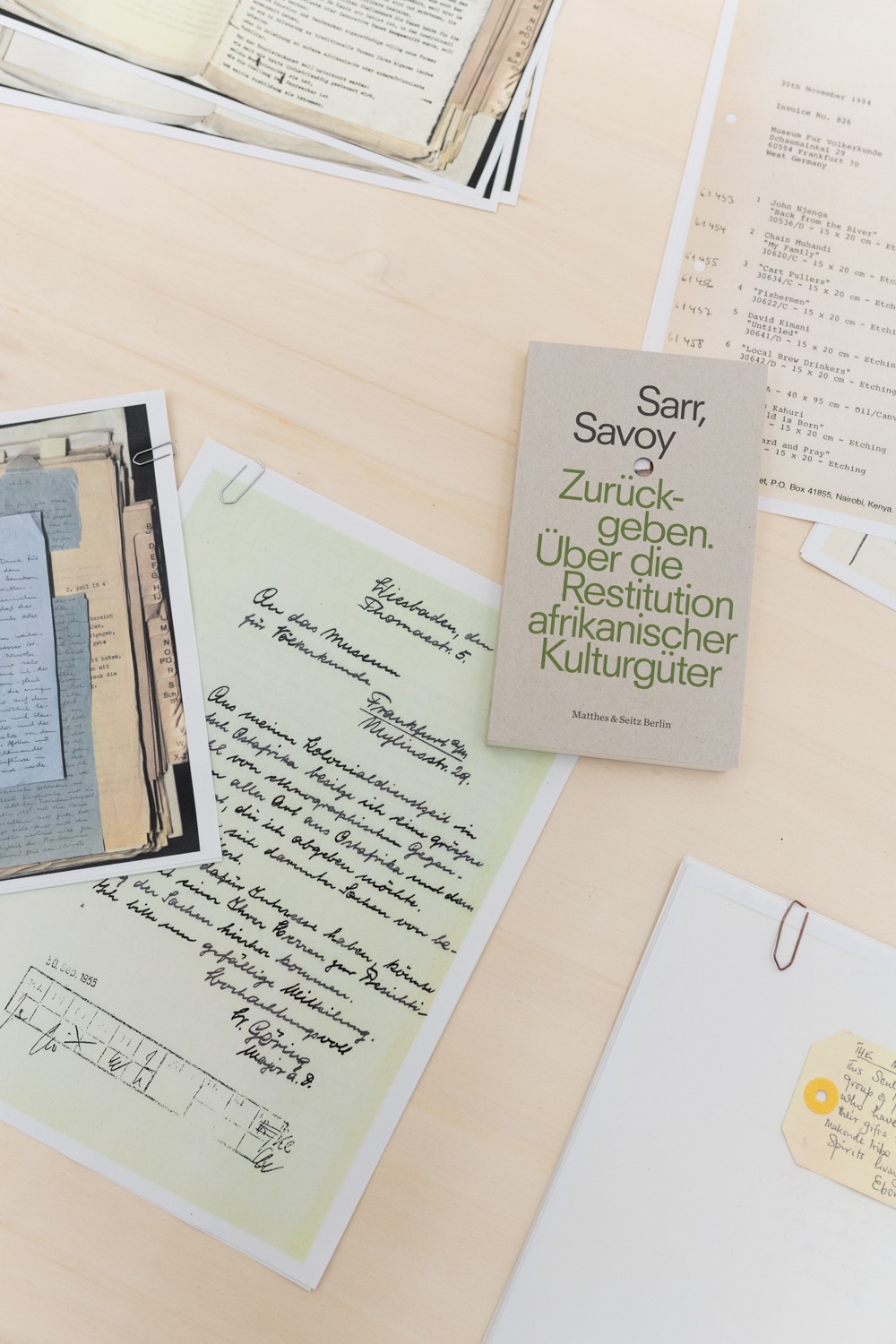 Exhibition view “Invisible Inventories: Questioning Kenyan Collections in Western Museums”; Weltkulturen Labor; Photo: Peter Wolff 2021
Exhibition view “Invisible Inventories: Questioning Kenyan Collections in Western Museums”; Weltkulturen Labor; Photo: Peter Wolff 2021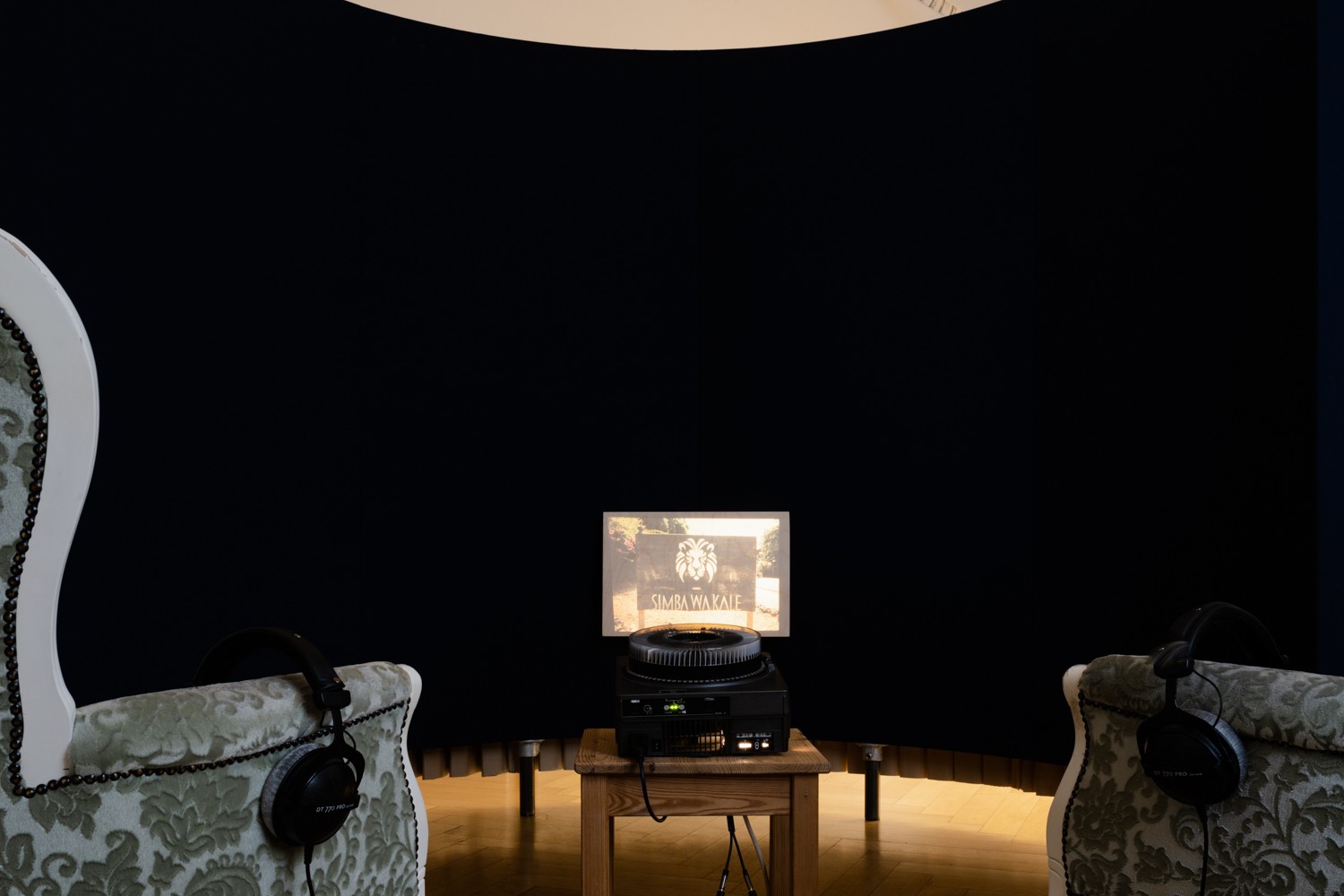 Exhibition view “Invisible Inventories: Questioning Kenyan Collections in Western Museums”; Weltkulturen Labor; Photo: Peter Wolff 2021
Exhibition view “Invisible Inventories: Questioning Kenyan Collections in Western Museums”; Weltkulturen Labor; Photo: Peter Wolff 2021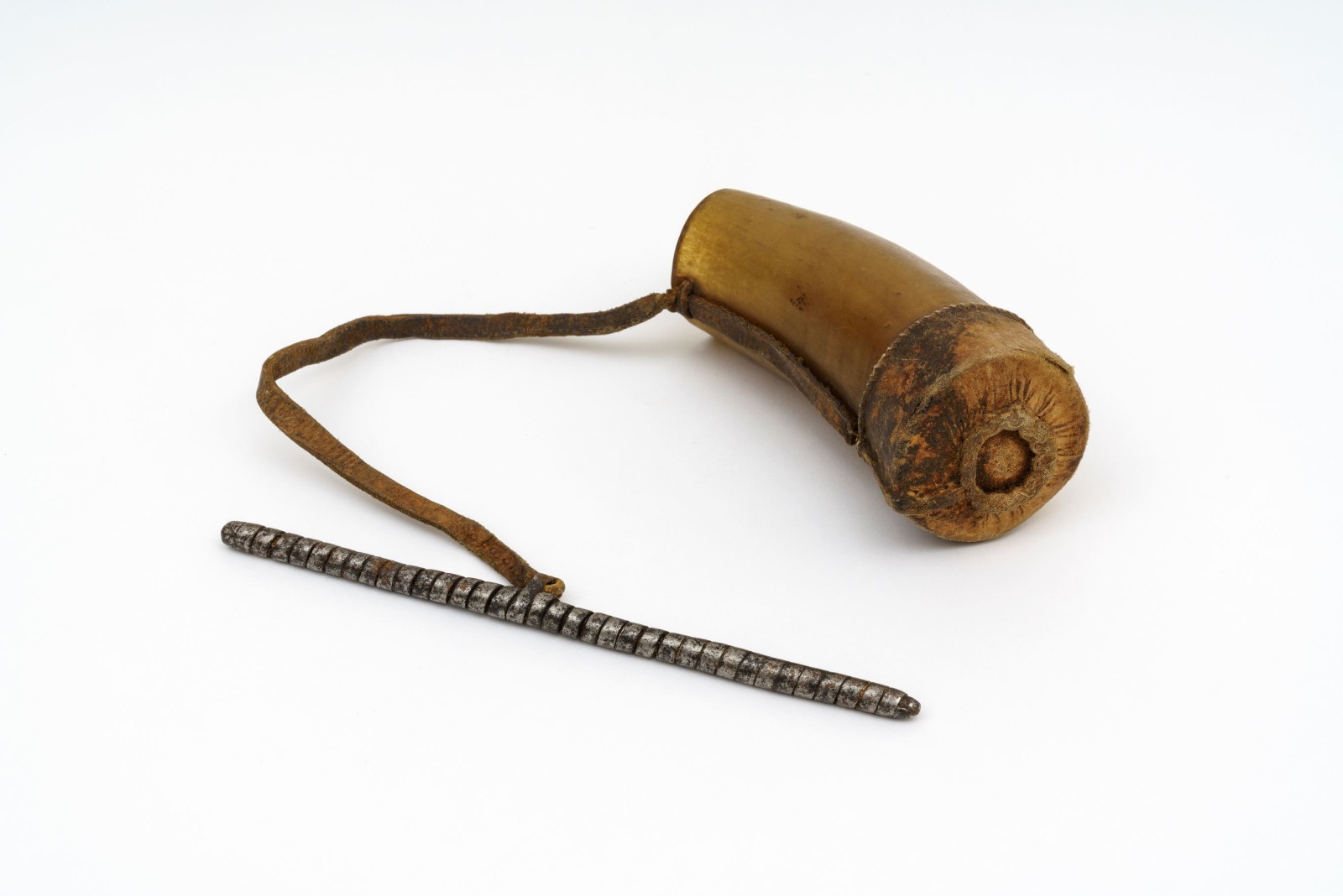 Snuff box (Frankfurt); Kamba, Kenya, 19th / 20th century; Horn, leather, iron; Artist/craftsperson: not documented; Collector: probably Carl Georg Schillings; Previous owner: Königlichen Zoologischen und Anthropologisch-Ethnographischen Museum (now: Staatliche Kunstsammlung Dresden); In the Weltkulturen Museum since 1910; Photo: Peter Wolff
Snuff box (Frankfurt); Kamba, Kenya, 19th / 20th century; Horn, leather, iron; Artist/craftsperson: not documented; Collector: probably Carl Georg Schillings; Previous owner: Königlichen Zoologischen und Anthropologisch-Ethnographischen Museum (now: Staatliche Kunstsammlung Dresden); In the Weltkulturen Museum since 1910; Photo: Peter Wolff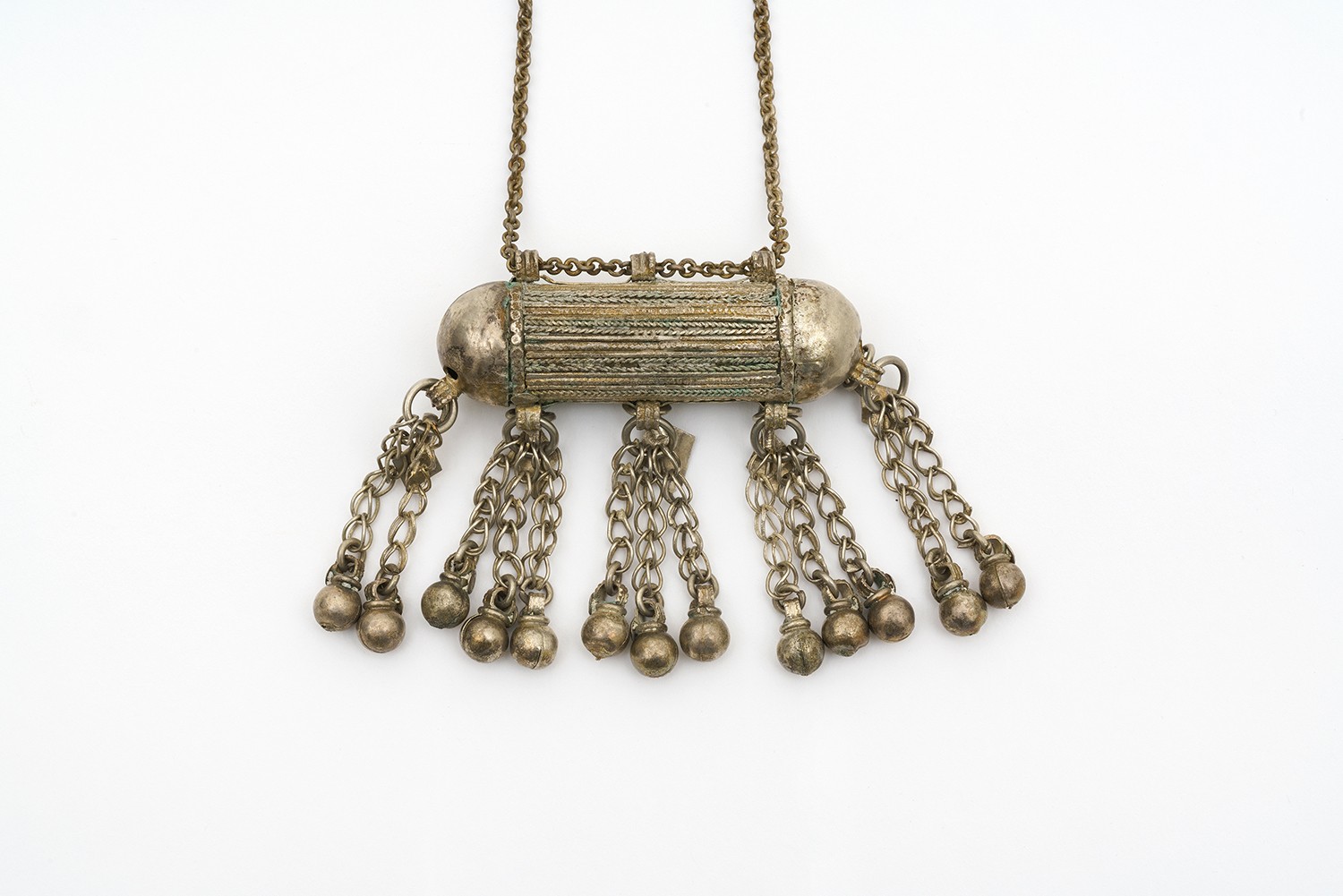 Hirizi, Necklace (Talisman/Charm); Swahili, Kenya, 20th century Silver; Artist/craftsperson: not documented; Collector: Dr Johanna Agthe; In the Weltkulturen Museum since 1974; Photo: Peter Wolff
Hirizi, Necklace (Talisman/Charm); Swahili, Kenya, 20th century Silver; Artist/craftsperson: not documented; Collector: Dr Johanna Agthe; In the Weltkulturen Museum since 1974; Photo: Peter Wolff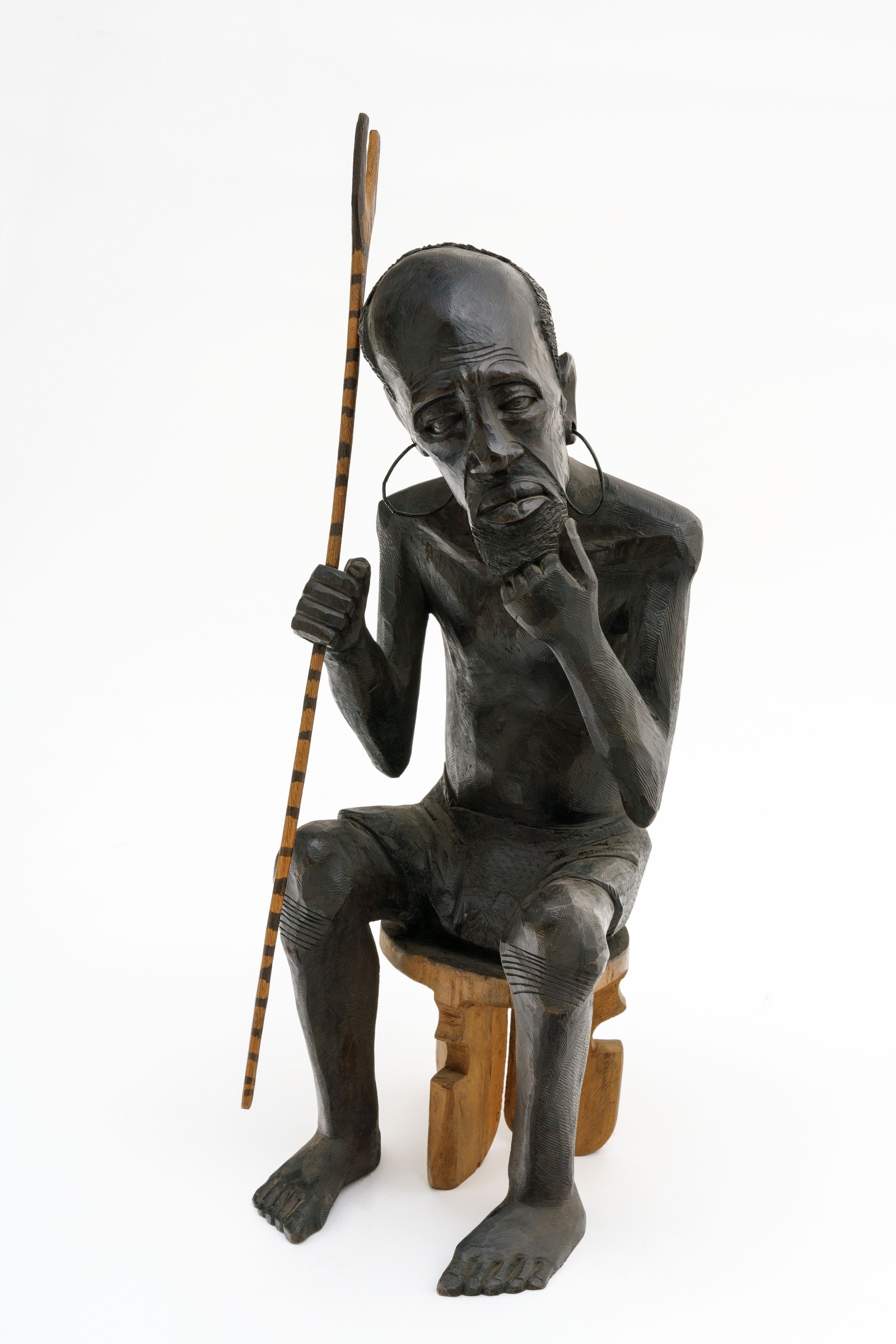 Kamba figure (Frankfurt); Kamba, Kenya, 1974; Wood; Artist: Joseph Mulli; Collector: Dr Johanna Agthe; In the Weltkulturen Museum since 1974; Photo: Peter Wolff
Kamba figure (Frankfurt); Kamba, Kenya, 1974; Wood; Artist: Joseph Mulli; Collector: Dr Johanna Agthe; In the Weltkulturen Museum since 1974; Photo: Peter Wolff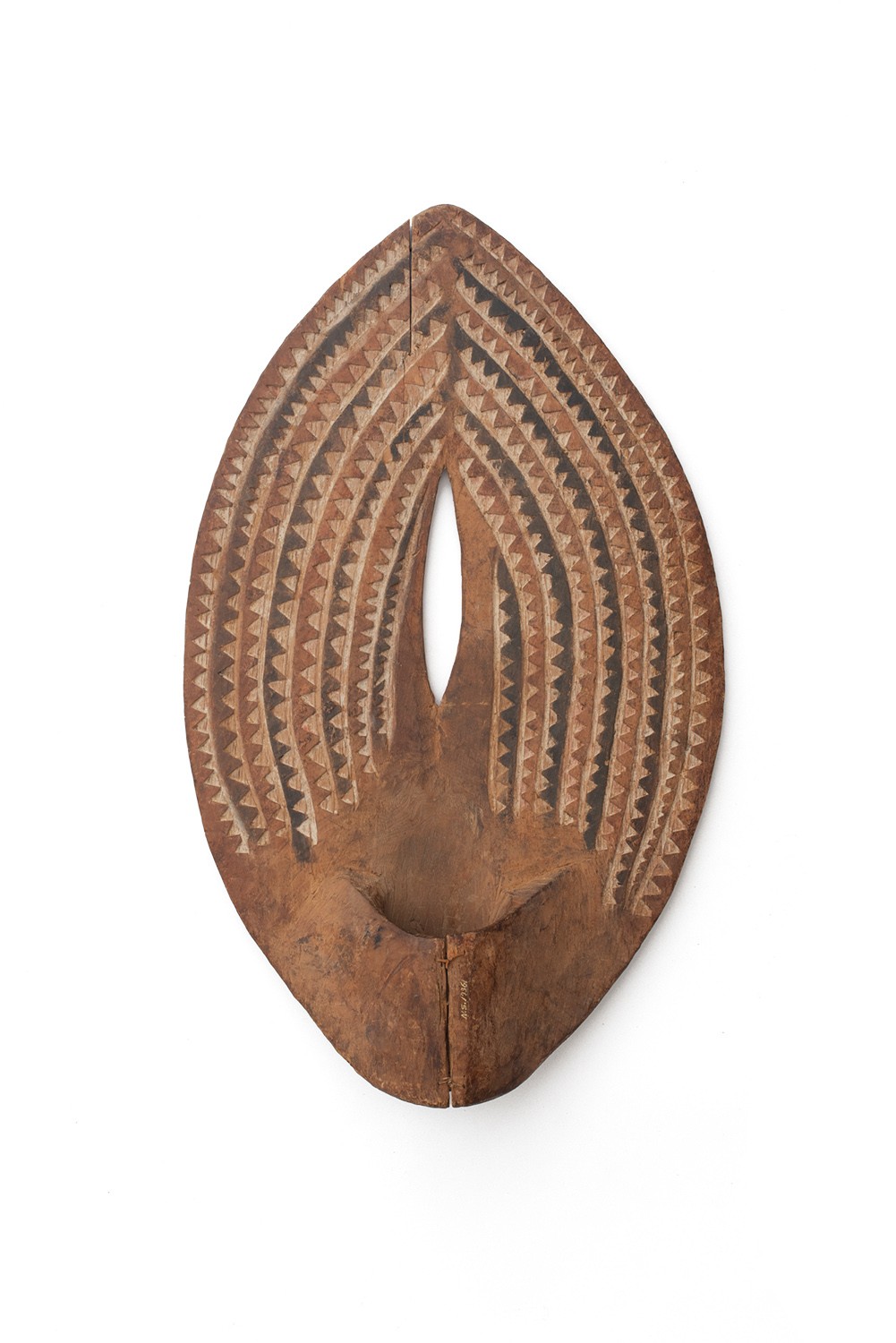 Ndoome, ‘Dance Shield’; Kikuyu, Kenya; 19th/20th century; Wood, colour pigments; Artist/craftsperson: not documented; Dealer: William Ockleford Oldman; In the Weltkulturen Museum, Frankfurt am Main since 1911; Photo: Peter Wolff
Ndoome, ‘Dance Shield’; Kikuyu, Kenya; 19th/20th century; Wood, colour pigments; Artist/craftsperson: not documented; Dealer: William Ockleford Oldman; In the Weltkulturen Museum, Frankfurt am Main since 1911; Photo: Peter Wolff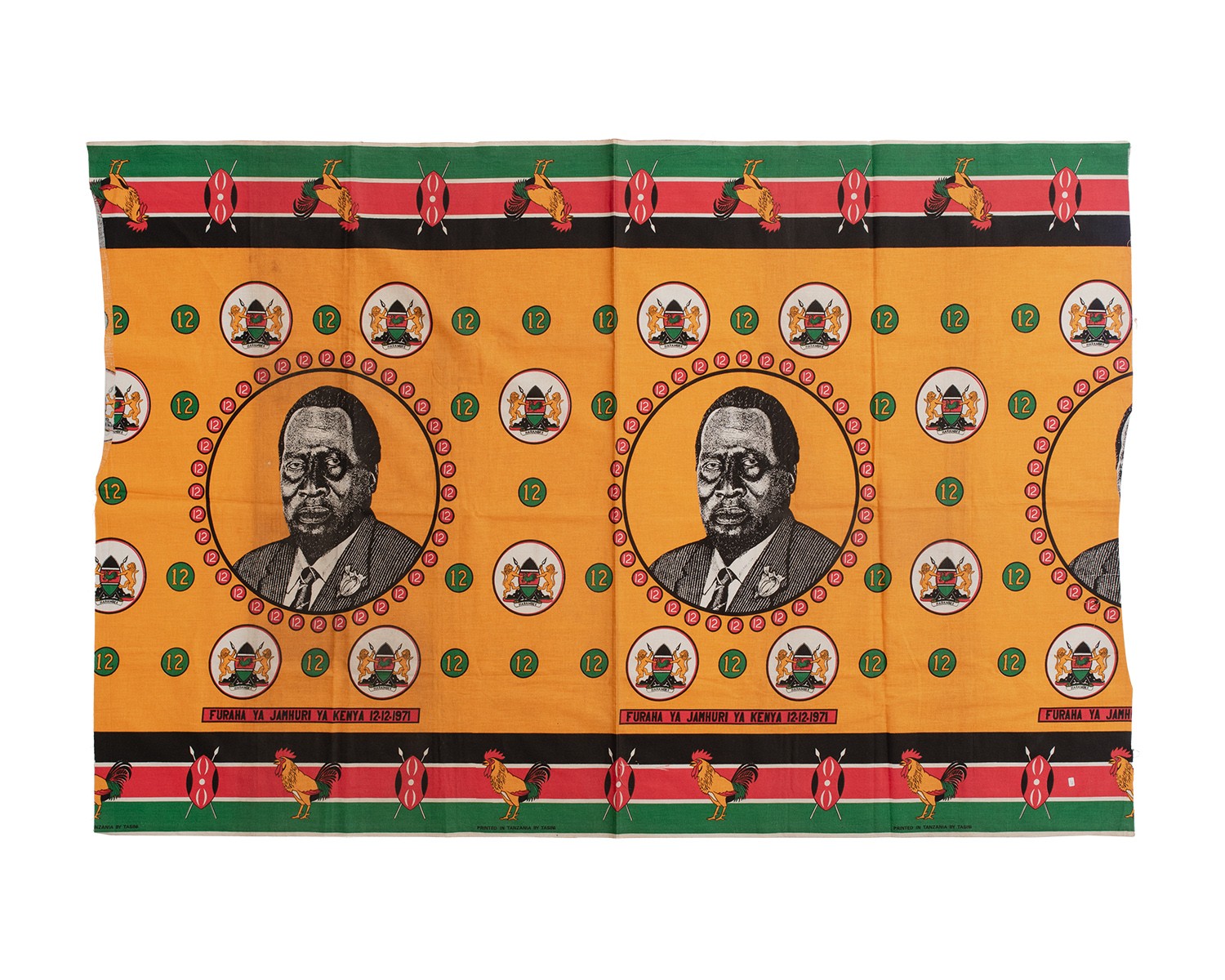 Kanga on the 8th anniversary of Kenya's independence (12.12.1971); Cotton; Producer: Tasini, Tanzania, 1971; Collector: Dr Johanna Agthe; In the Weltkulturen Museum, Frankfurt am Main since 1974; Photo: Peter Wolff
Kanga on the 8th anniversary of Kenya's independence (12.12.1971); Cotton; Producer: Tasini, Tanzania, 1971; Collector: Dr Johanna Agthe; In the Weltkulturen Museum, Frankfurt am Main since 1974; Photo: Peter Wolff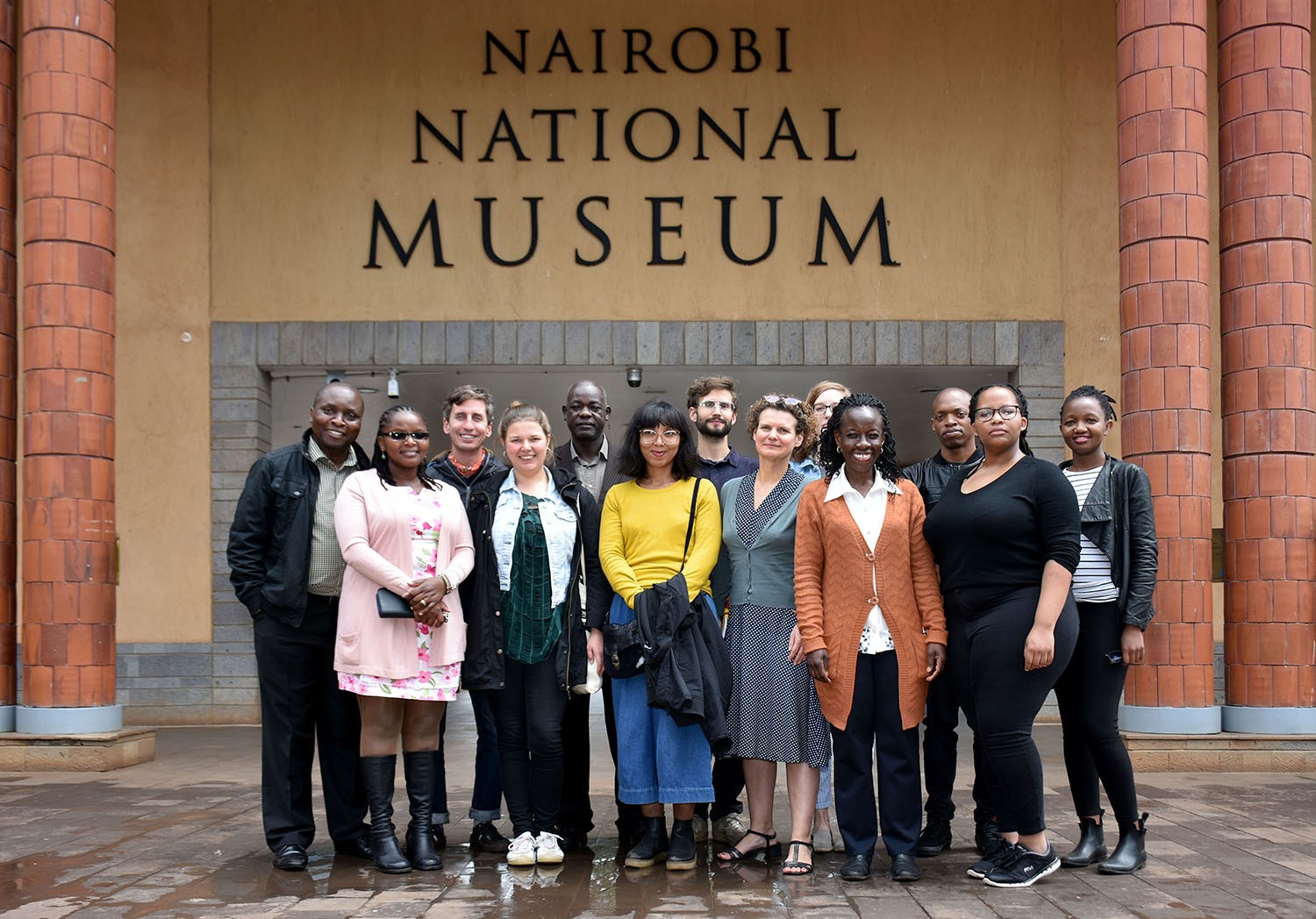 In November 2019 the project participants met in Nairobi for a one-week workshop. Left to right: George Juma Ondeng‘ (NMK), Njeri Gachihi (NMK), Sam Hopkins (Artist, SHIFT Kollektiv), Anisha Soff (Goethe-Institut Nairobi), Philemon Nyamanga (NMK), Marian Nur Goni (Art historian, SHIFT Kollektiv), Simon Rittmeier (Artist, SHIFT Kollektiv), Clara Himmelheber (Rautenstrauch-Joest-Museum, Köln), Leonie Neumann (Weltkulturen Museum, Frankfurt a.M.), Lydia Nafula (NMK), Jim Chuchu (The Nest Collective), Njoki Ngumi (The Nest Collective), Sheila Akwany (Goethe-Institut Nairobi) Photo: National Museums of Kenya
In November 2019 the project participants met in Nairobi for a one-week workshop. Left to right: George Juma Ondeng‘ (NMK), Njeri Gachihi (NMK), Sam Hopkins (Artist, SHIFT Kollektiv), Anisha Soff (Goethe-Institut Nairobi), Philemon Nyamanga (NMK), Marian Nur Goni (Art historian, SHIFT Kollektiv), Simon Rittmeier (Artist, SHIFT Kollektiv), Clara Himmelheber (Rautenstrauch-Joest-Museum, Köln), Leonie Neumann (Weltkulturen Museum, Frankfurt a.M.), Lydia Nafula (NMK), Jim Chuchu (The Nest Collective), Njoki Ngumi (The Nest Collective), Sheila Akwany (Goethe-Institut Nairobi) Photo: National Museums of Kenya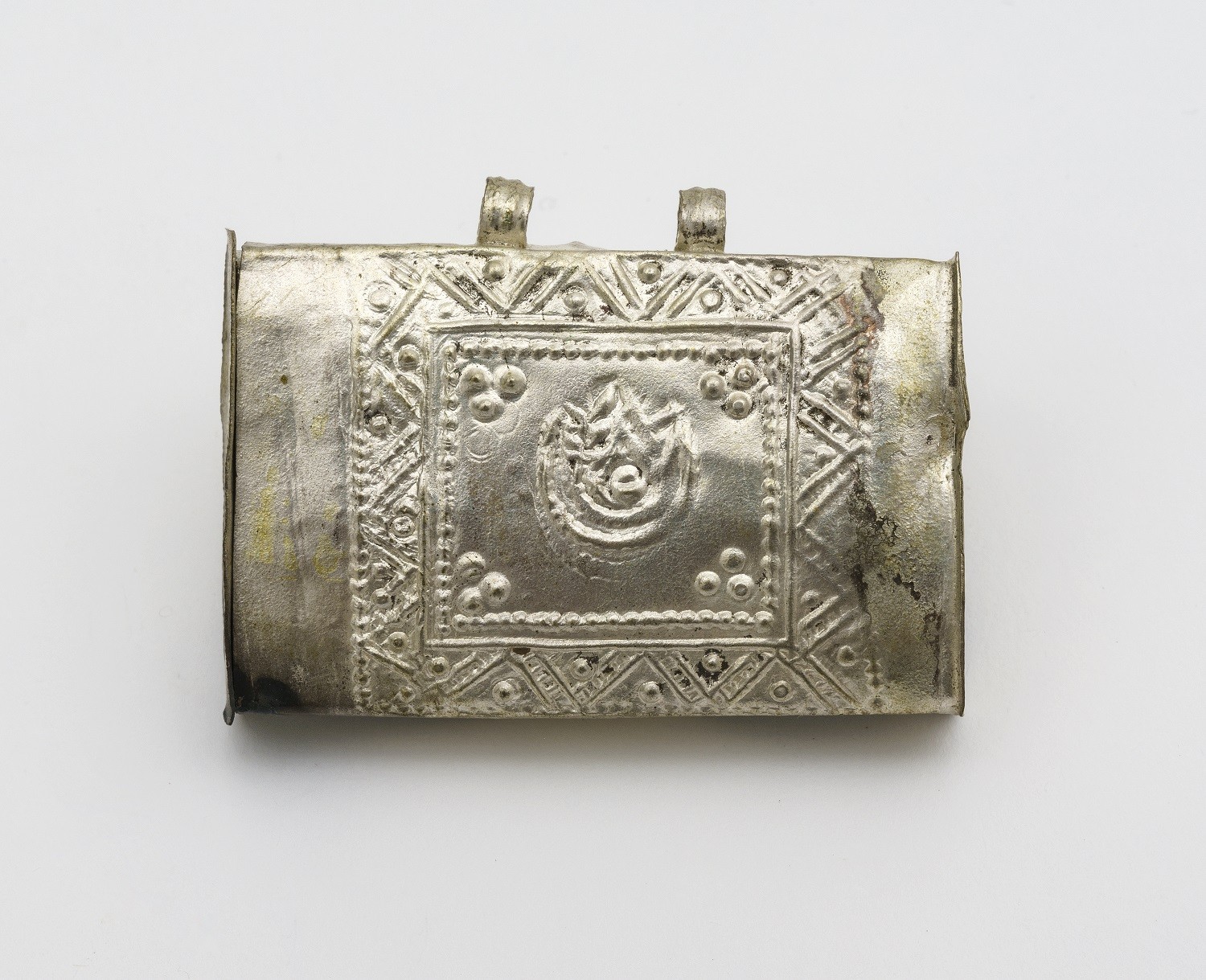 Hirizi ya fedha, Amulet (protective silver amulet); Swahili, Kenya, 20th century; Silver; Artist/craftsperson: unknown goldsmith in Mombasa; Collector: Dr Johanna Agthe; In the Weltkulturen Museum since 1974; Photo: Peter Wolff
Hirizi ya fedha, Amulet (protective silver amulet); Swahili, Kenya, 20th century; Silver; Artist/craftsperson: unknown goldsmith in Mombasa; Collector: Dr Johanna Agthe; In the Weltkulturen Museum since 1974; Photo: Peter Wolff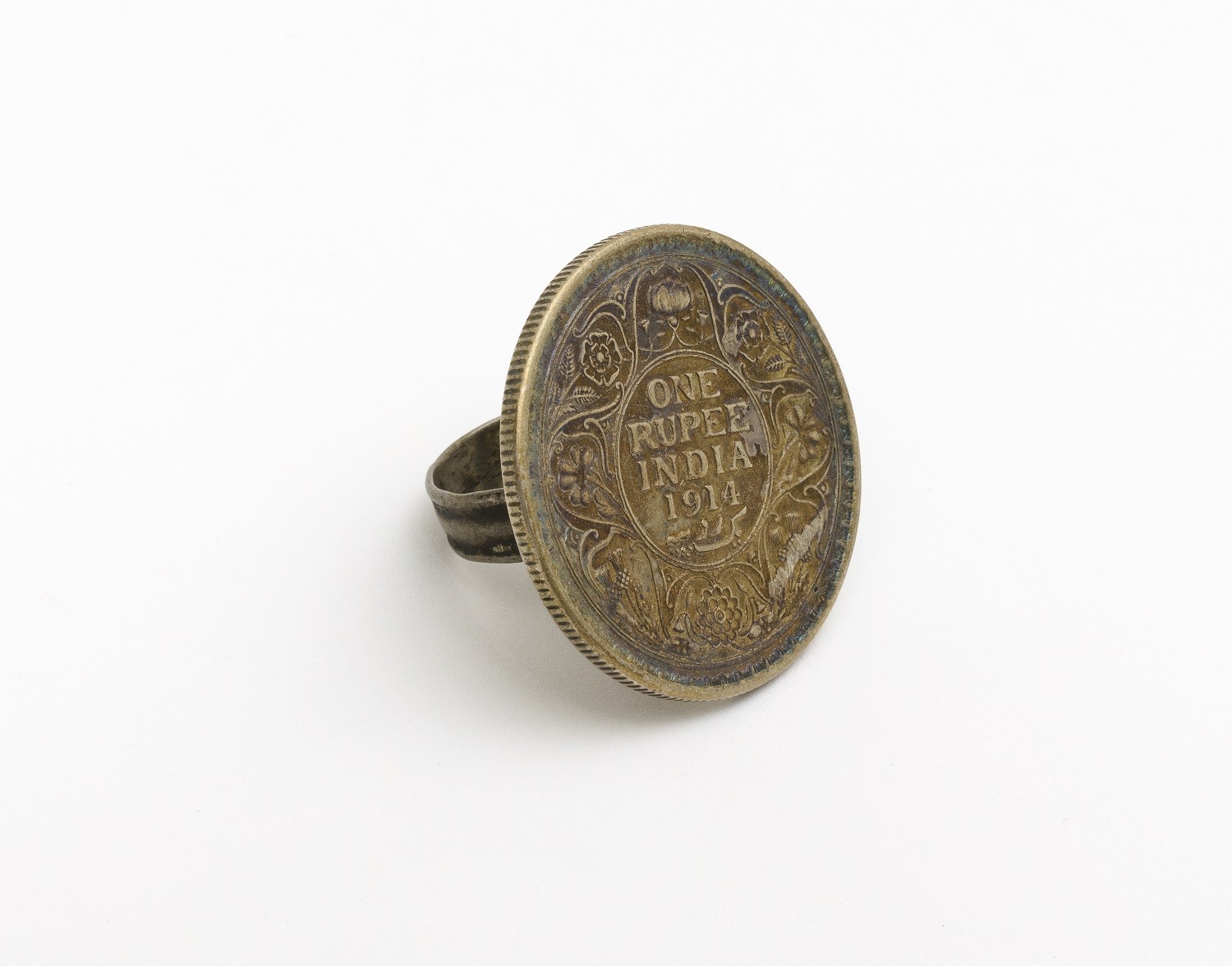 Finger ring; Swahili (?), Kenya, 20th century; Coin, silver; Artist/craftsperson: not documented; Collector: Dr Johanna Agthe; In the Weltkulturen Museum since 1974, Photo: Peter Wolff
Finger ring; Swahili (?), Kenya, 20th century; Coin, silver; Artist/craftsperson: not documented; Collector: Dr Johanna Agthe; In the Weltkulturen Museum since 1974, Photo: Peter Wolff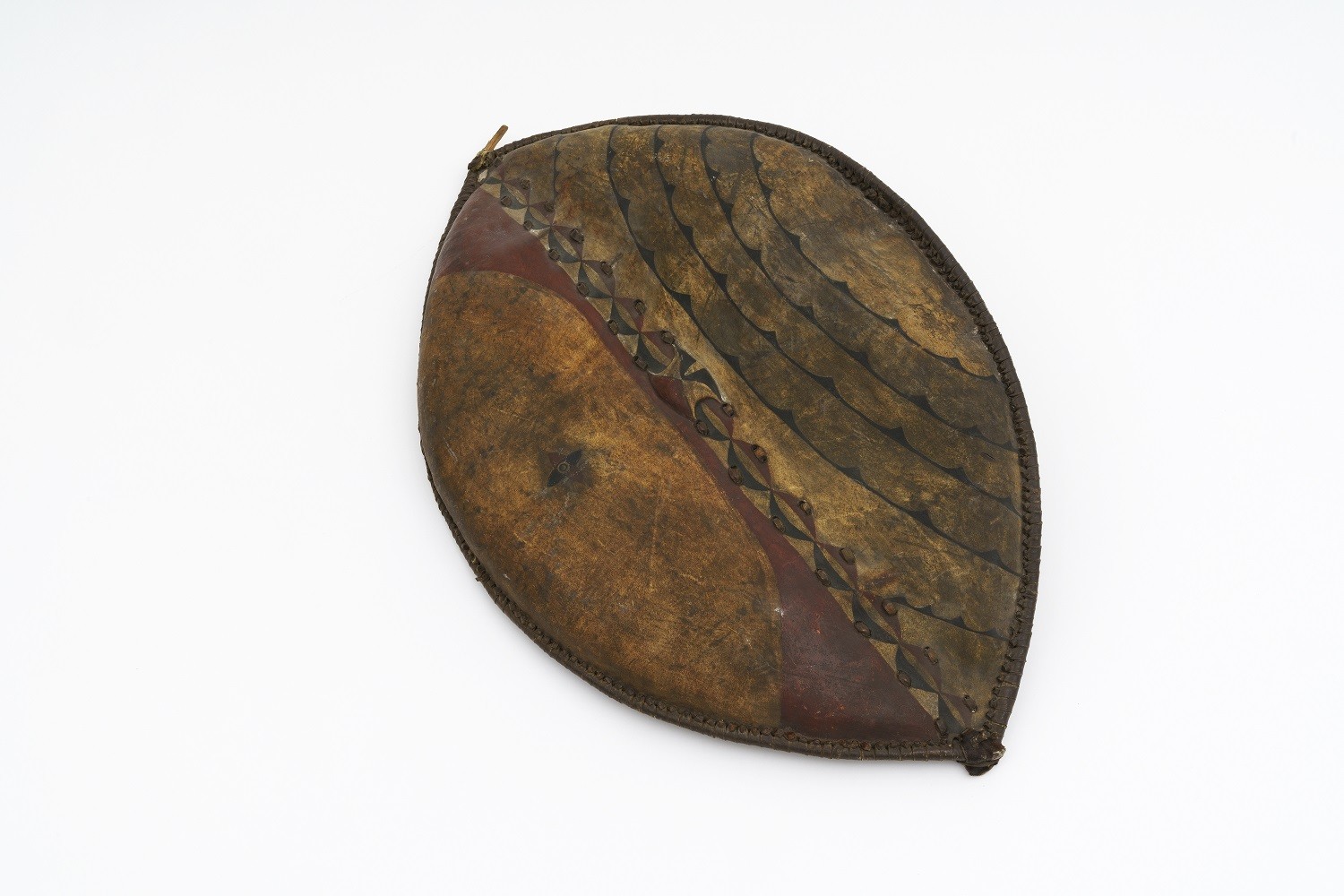 Elongo, Shield; Maasai, Kenya, 19th/20th century; Wood, buffalo skin; Artist/craftsperson: not documented; Previous owner: The Wellcome Historical Medical Museum, London, Great Britain; In the Weltkulturen Museum Frankfurt since 1955; Photo: Peter Wolff
Elongo, Shield; Maasai, Kenya, 19th/20th century; Wood, buffalo skin; Artist/craftsperson: not documented; Previous owner: The Wellcome Historical Medical Museum, London, Great Britain; In the Weltkulturen Museum Frankfurt since 1955; Photo: Peter Wolff
Invisible Inventories: Questioning Kenyan Collections in Western Museums
How can we make Kenyan cultural assets that are possessed by institutions in the Global North accessible to present-day Kenyan society?
Since 2018, this question has been addressed by the International Inventories Programme (IIP), which brings together Kenyan and European artists and scholars. The core aim of the project is to develop a database of all Kenyan objects in European and North American museums. Following exhibitions in Nairobi (18.3.–30.5.2021) and Cologne (28.5.–29.8.2021), the visualisation of this database will now be presented in the Weltkulturen Museum along with further scholarly and artistic contributions.
As well as negotiating issues about restitution, a forum will be created for addressing individual objects from intellectual and emotional points of view. The exhibition also deals with the psychological and political consequences of the loss or absence of certain objects from the societies in which they were created. Perspectives and voices from Kenya are central to the approach taken at the Weltkulturen Museum. There are works on show by artist collectives The Nest and SHIFT, interviews with members of local Kenyan societies, footage from the discussions organised by the project, and the results of joint research on objects from the collection. In order to highlight the diverse range of opinions about how these objects should be presented, the artist collectives will redesign a room of the exhibition during its runtime: this will turn the museum display itself into a subject for debate.
About the Intervention: Zoom talk with Njoki Ngumi and Jim Chuchu from Nest Collective
- INTERVENTION BY ARTIST COLLECTIVE THE NEST (2 November - 5 December 21)
Is there an appropriate way for us to present objects from Kenya in the Weltkulturen Museum when they are not visible in their country of origin? We have discussed this question exhaustively with all the participants in the International Inventories Programme. Staff at the museum found it important to present a selection of objects from Kenya alongside the stories of their provenance in the exhibition. However, other participants did not want to display the objects because it was not possible for them to be physically included in the exhibition in Nairobi, and in Western museums such objects are all too often viewed as representations of “exoticism”.
Thus, in order to render visible the wide range of voices in our team, the room where the objects from the collection have hitherto been displayed will be redesigned in the course of the exhibition. From Tuesday, 2 November until Sunday, 5 December you will be able to see the intervention by artist collective The Nest as part of the exhibition. In their sound installation “Invisible Conversations”, Njoki Ngumi and Jim Chuchu discuss collectors’ biographies and objects of national importance.
- INTERVENTION BY ARTIST COLLECTIVE SHIFT (7 December 21- 9 January 22)
Is there an appropriate way for us to present objects from Kenya in the Weltkulturen Museum when they are not visible in their country of origin?
We have discussed this question exhaustively with all the participants in the International Inventories Programme. Staff at the museum found it important to present a selection of objects from Kenya alongside the stories of their provenance in the exhibition. However, other participants did not want to display the objects because it was not possible for them to be physically included in the exhibition in Nairobi, and in Western museums such objects are all too often viewed as representations of “exoticism”.
SHIFT (Sam Hopkins, Marian Nur Goni, Simon Rittmeier) is a transnational collective working on the intersection of art and research, particularly on issues related to African objects diaspora in the aftermath of colonialism. As co-founding partners of the International Inventories Programme (www.inventoriesprogramme.org) they work at the intersection of art and activism. In their spatial installation "A Topography of Loss / Eine Topographie des Verlustes", the artists address the question of the voids left behind by the Kenyan objects that are now in German museums. Using the example of three belts from the Kamba community that have been in the Rautenstrauch-Joest Museum in Cologne since 1906, they address the moral obligation of German institutions to act now. In a video work, a textile print and photographs, the artists create an imaginary map to make these voids visible. They experiment with 3D printing techniques and ask questions about digital reproduction.
About the intervention: SHIFT and the curators of the exhibition. Film: herr willie
- Participating scholars and artists
The Nest Collective: Jim Chuchu, Njoki Ngumi (Kenya)
SHIFT collective: Sam Hopkins (Kenya/Germany), Marian Nur Goni (France), Simon Rittmeier (Germany)
National Museums of Kenya: Lydia Nafula, Philemon Nyamanga, George Juma Ondeng’, Njeri Gachihi, Lydia Galavu and the Tuzi collective (Kenia)
Rautenstrauch-Joest-Museum: Clara Himmelheber (Germany)
Weltkulturen Museum: Julia Friedel, Leonie Neumann, Frauke Gathof (Germany)
- Adress, Opening hours, Prices
Weltkulturen Labor
Schaumainkai 37
60594 Frankfurt am Main
€3.50 / reduced €1.50
Children and young adults up to 18 years free
Opening times
Tues – Sun, 11am – 6pm
Wed, 11am – 8pm
In cooperation with the Goethe-Institut Nairobi

Funded by

